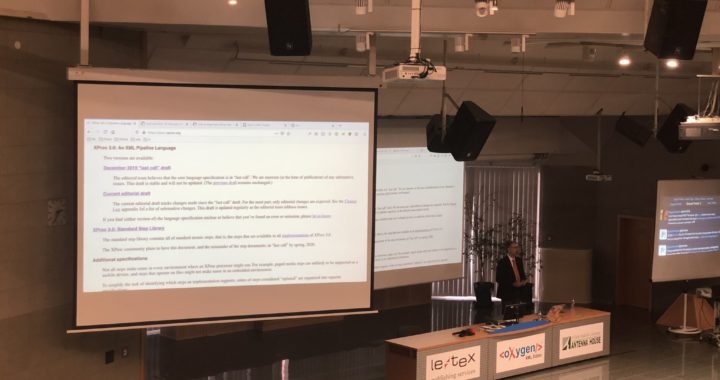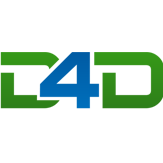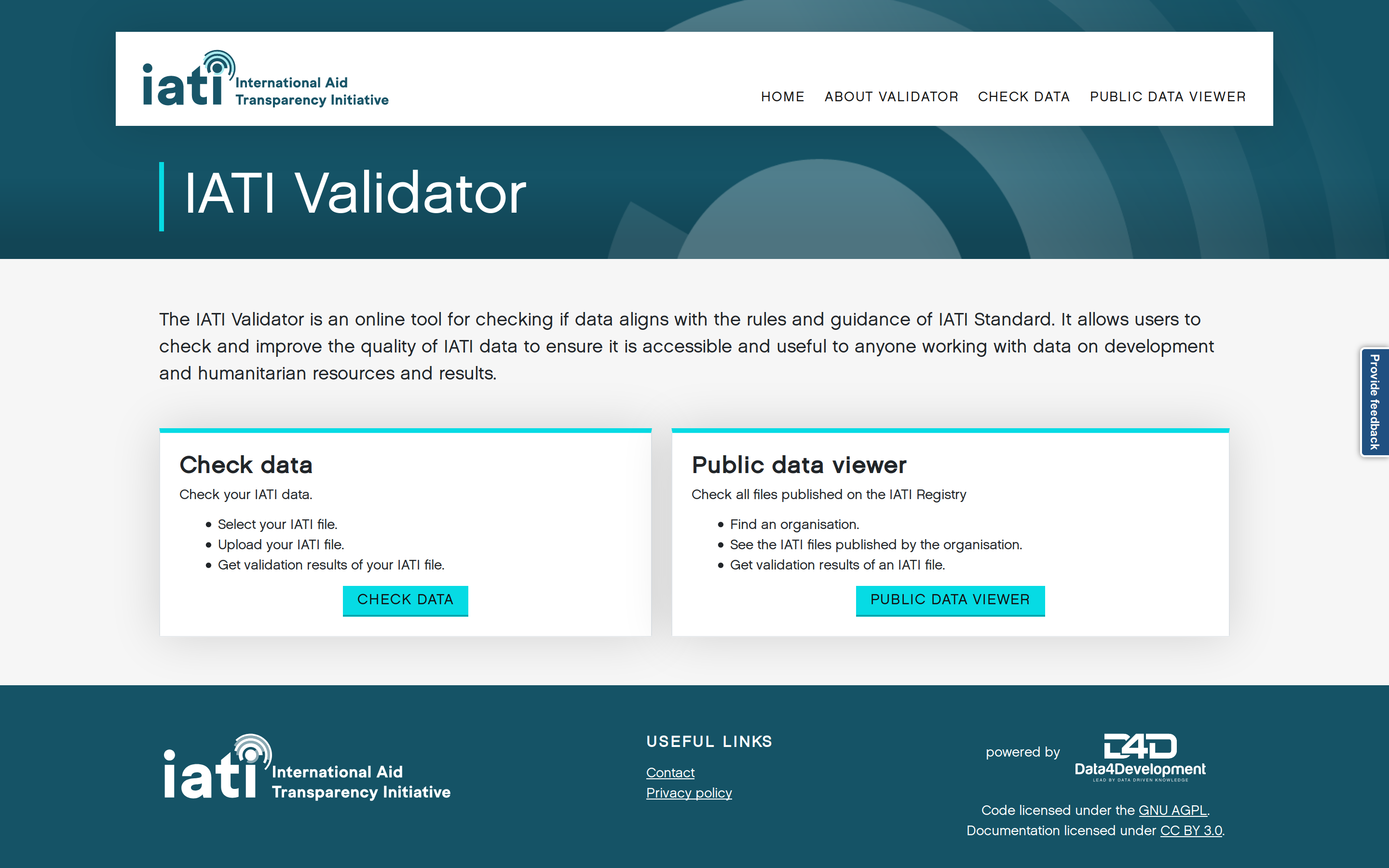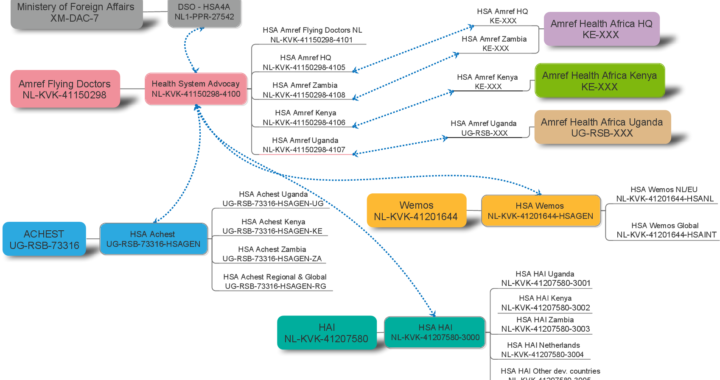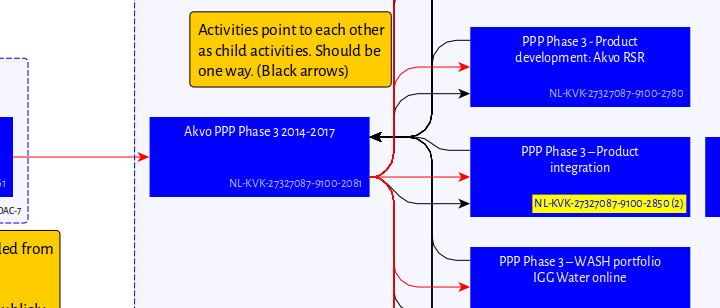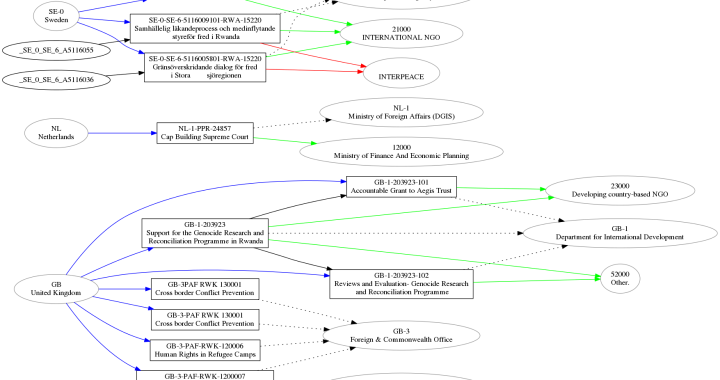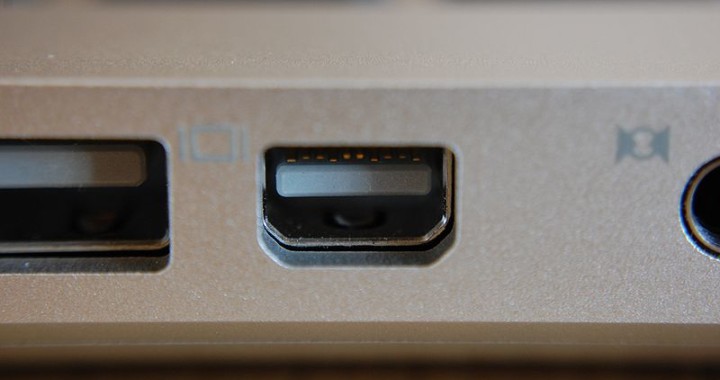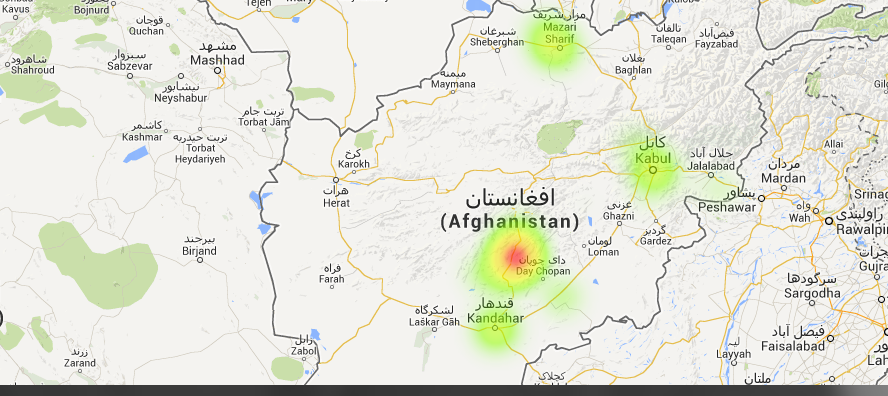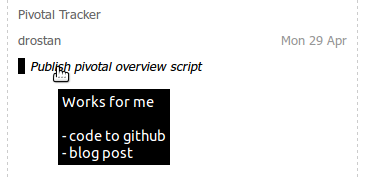Adding my site to the Fediverse
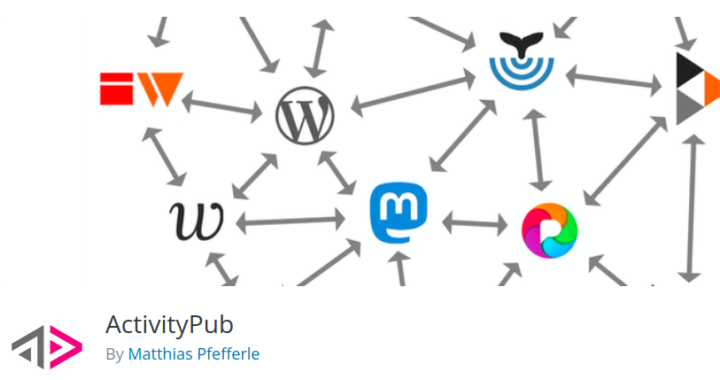
Thanks to the renewed interest in actual social media, rather than an algorithm-driven advertisement space, I find myself having interesting online conversations again.
I really wanted to use my own website and domain for further engagement.
But… experience with earlier attempts at federating networks made me cautious. Setting up and maintaining my own Jabber/XMPP and Diaspora servers was a lot of effort for little result. An excursion into the current field of microformats and protocols again suggested a lot to choose from, with very little guidance.
So after reading about Ton Zijlstra’s vision on “an operating system for the Open Social Web” (presented at the Dutch WordCamp 2022), we had a good conversation about experiences and the state of things (thanks Ton!).


